Powder coatings, an innovation that redefines the aesthetics and functionality of wood finishes
In an era where sustainability and innovation go hand in hand, powder coating wood finishes represent a significant step forward in the woodworking industry. Traditionally, liquid paints have dominated the finishing landscape due to their easy applicability and wide range of colours. However, concerns about environmental impact and paint efficiency have led to the search for more environmentally friendly alternatives. Powder coatings, known mainly in metal finishing, now offer an outstanding solution for wood as well, thanks to their significant advantages in terms of durability, efficiency and sustainability.
Finishing wood with powder coatings is not only a technological innovation, but also a redefinition of aesthetics and functionality in the wood industry. This method promises to bring about a transformation in the way we view the durability and beauty of wood finishes, while offering an environmentally friendly alternative to traditional painting methods.
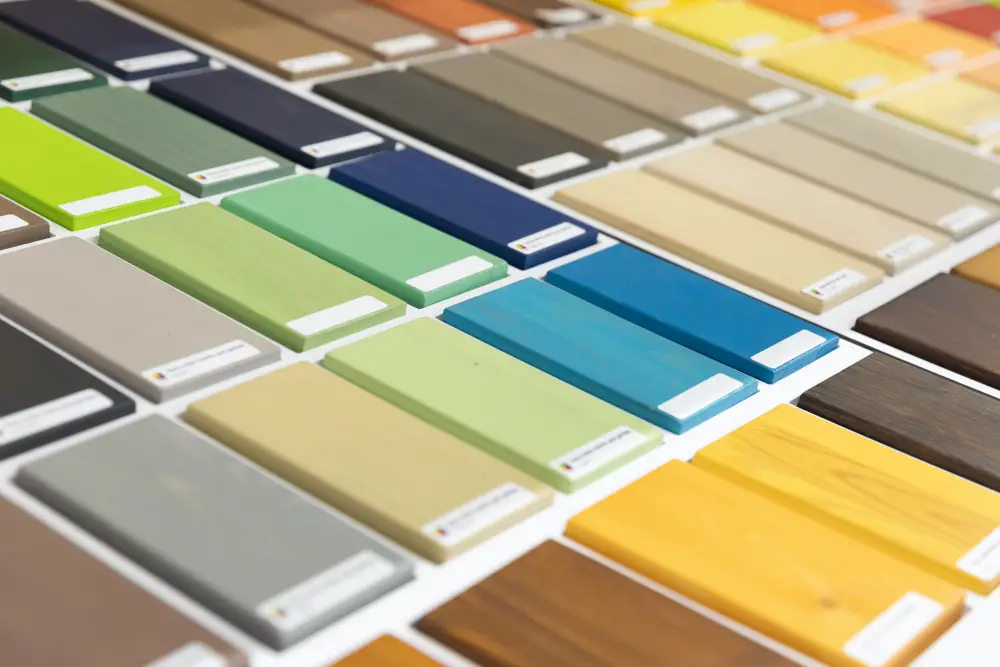
Special features of wood finishing with powder coatings
As early as the 1960s, advanced technologies using powder coatings gave household appliances, automotive parts, sporting goods and other metal objects a tough, durable, aesthetic and more environmentally friendly finish. They relied on the electrical conductivity of the metal and its resistance to the high temperatures at which powder paints were converted into an adherent and durable finish. The advantages of these technologies led to a desire to use them for finishing other materials. The extension to finishing wood and its derivatives, however, ran up against the important differences between metal and wood:
- Metal is a good conductor of electricity, while wood is an insulator
- Metal has uniform structure and smooth surface, wood is uneven and porous surface
- At high temperatures water tends to come out of the wood, metal does not have this problem
The formulation of low and very low melting and curing temperature powder paints paved the way for their use in wood. Initially they were only used for MDF panels, much more uniform in structure and with a less porous surface. Gradually, technologies were developed that could also be used to coat various types of hardwood, which were denser and more stable.
The powder coating process involves three important elements - the wood substrate, temperature and electrical charge. Support it must be a good conductor of electricity, have as smooth a surface as possible and have a moisture content in the range 5-7%.Temperature is important because, in case of application on metal, the reaction is definitive at over 120°C. New powder paints developed specifically for wood need 90°C and even less, reacting in a very short time to avoid water escaping. Electrical charging was solved by preheating the wood for a short time. Preheating brings water to the surface and transforms wood from an insulating material into a good conductor of electricity.
How to powder coat wood
Coating wood and wood derivatives with powder coatings is no longer a novelty. It is also used in our country for both MDF and wood. One of the company's lines Plimob, the Sighetu Marmației-based manufacturer of wooden chairs and the largest IKEA supplier of such products, uses powder paints to finish the seats. Each factory using this method has its own technology adapted to the type of material to be coated.
To achieve a quality coating, surfaces must be well sanded and cleaned of dust and have conductivity. Sometimes the moisture content in the wood is sufficient and constant to provide the necessary conductivity and it can be coated directly. At other times pre-treatment, by spraying, with a solution that increases surface conductivity is required. For finishing, the parts are preheated to the coating temperature set by the technology to partially melt the powder, making it liquid. In this state the paint flows when applied and thus adheres better to the part. Uniform surface temperature of the part allows for high transfer efficiency and a continuous film appearance.
The paint hardens after application on wood or MDF due to a chemical reaction that takes place at temperature or in UV. Heat-cured paints end up in infrared (IR) ovens, convection ovens or hybrid ovens that combine the two processes. UV-cured paints need minimal heat to dry, and the process is complete in seconds. Before that, however, they need heating in an infrared or convection oven to become liquid, a process that can take 2-10 minutes. Finally, the pieces are cooled naturally or in a cooling tunnel.
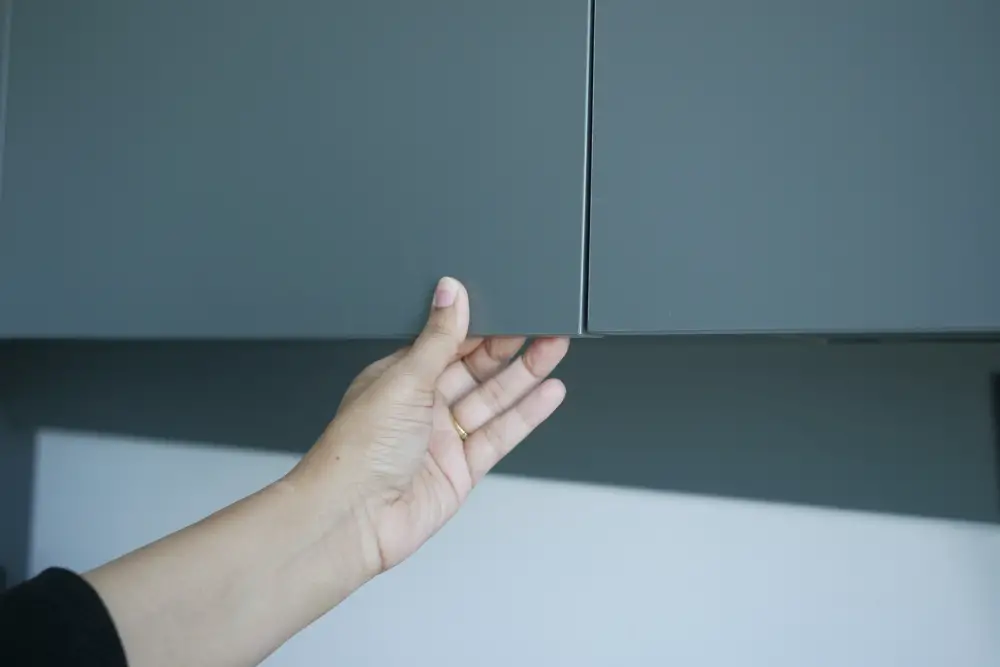
Benefits of powder coating wood
Powder coating wood and MDF offers a number of significant advantages. These include:
- Improved grip. The powder firmly bonds to the surface of the wood, ensuring a strong and durable adhesion.
- Chemical, mechanical and scratch resistance. The chemical and scratch resistant finish keeps the appearance of the object unchanged over time.
- Sustainability. Powder coating gives wood additional protection against wear and environmental factors.
- Cost efficiency. The powder coating process can reduce production costs by requiring fewer coats, sanding and mechanical preparation.
- Modern and environmentally friendly look. The powder finish has a state-of-the-art appearance and helps reduce volatile organic compound (VOC) emissions.
- Easy maintenance. The powder-coated surface is easy to clean and maintain, keeping its original appearance for a long time.
While there are some challenges associated with the powder coating process, such as touch-ups and controlling the drying process, the obvious benefits and evolving technology make powder coating an attractive option for finishing wood and MDF.
Misconceptions about finishing wood with powder coatings
Although, as I said, powder coating wood and MDF has been done industrially for many years, there are still misconceptions about this technology. Here are some of them:
Not as durable as other finishes. In fact, the powder applied to MDF and wood provides a very durable, abrasion, stain and impact resistant finish. In addition, there is no cant to peel or crack as with laminate products.
You need large series to be profitable. The powder coating process is flexible and can be efficient even for small batch production.
There is a limited range of colours and gloss levels. Manufacturers who make such coatings actually demonstrate that there is a wide variety of colours and gloss levels available, and it is even possible to customise to customers' needs.
Powder coating wood is very simple and within everyone's reach. The process requires the right technology and equipment. It also requires experience and skills to implement correctly. It is different and more complicated than powder coating metals.
It's just a cheap finish for wood. Initially, when the technologies were still in their infancy, there were also products whose quality left something to be desired. But now, after years of use, powder-coated wood benefits from a high-quality, durable and aesthetic finish.
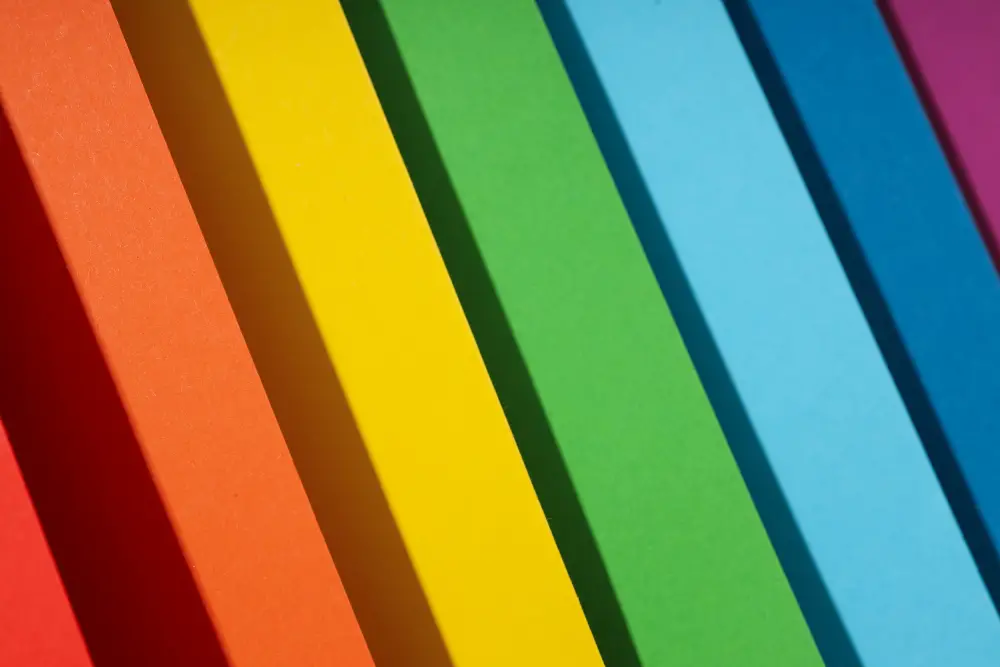
Conclusion
Wood finishing with powder coatings represents a revolution in woodworking, offering a sustainable, durable and aesthetically pleasing alternative to traditional finishing methods. The differences from metal painting highlight the adaptability and versatility of this technology, opening up new horizons for innovation in the design and production of furniture and other wood products. As the technology continues to evolve, it is expected that powder coating wood finishes will become increasingly popular, setting new standards for quality and sustainability in the industry.
I hope you find the above information useful. As usual, additions are welcome. And if you have any questions or queries, please leave them in the space provided. I'm sure I'll reply.
















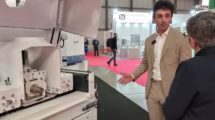

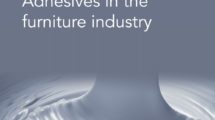
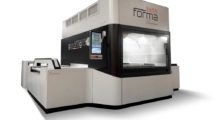

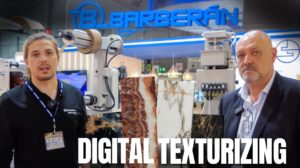






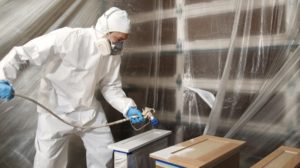

Add comment